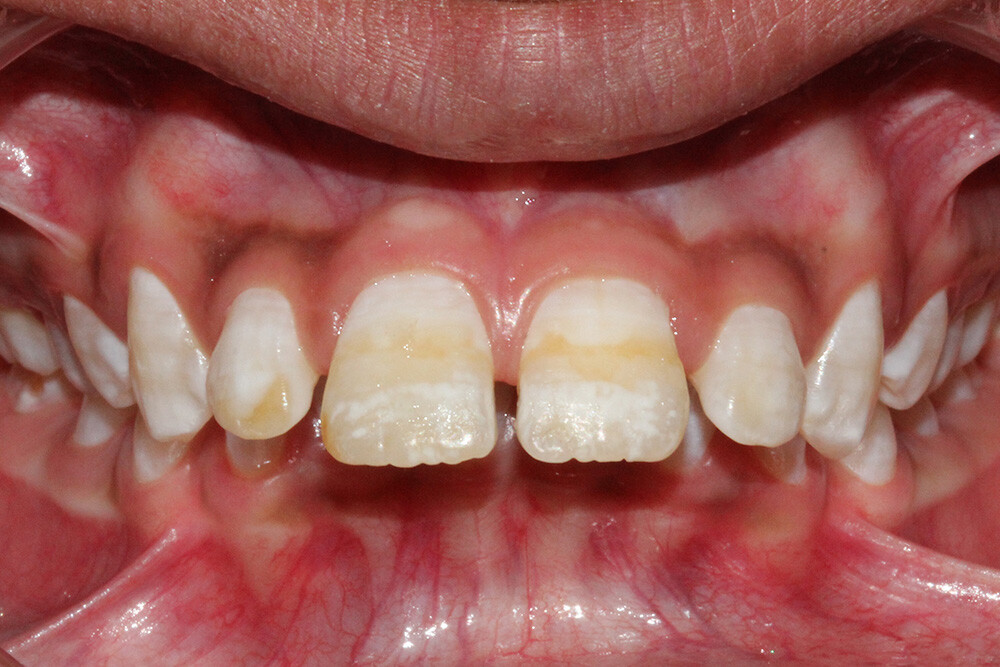5 Ways to Remove Stains from Teeth
A bright, radiant smile is a universal symbol of health and confidence. But what happens when stubborn stains mar your teeth’s appearance? Tooth stains can be a source of frustration and self-consciousness for many people. Fortunately, understanding 5 ways to remove stains from teeth to help you regain your dazzling smile. In this blog, we’ll explore five common types of tooth stains and the strategies to combat them.
- Extrinsic Stains: Surface Blemishes
- Extrinsic stains are the most common and occur on the tooth’s outer surface, or enamel. They typically result from consuming staining substances such as coffee, tea, red wine, and tobacco. The good news is that extrinsic stains are often the easiest to remove.
- Prevention: Limit the consumption of stain-causing foods and beverages. If you can’t resist that morning cup of coffee, consider using a straw to minimize contact with your teeth.
- Treatment: Regular dental cleanings can effectively remove extrinsic stains. Additionally, brushing with a toothpaste that contains abrasives or using at-home whitening kits can help reduce surface blemishes over time.
- Intrinsic Stains: Beneath the Surface
- Intrinsic stains occur beneath the enamel, in the dentin layer of your teeth. They can result from factors such as aging, certain medications, or excessive fluoride exposure during tooth development.
- Prevention: Intrinsic stains can be challenging to prevent, as they often result from factors beyond your control. However, maintaining good oral hygiene practices can help.
- Treatment: Intrinsic stains may require professional treatments like teeth whitening, veneers, or bonding, as they cannot be removed through regular brushing alone.
- Tetracycline Stains: A Stubborn Challenge
- Tetracycline stains are a specific type of intrinsic stain caused by the use of the antibiotic tetracycline during tooth development. These stains are often dark and deeply embedded in the tooth structure.
- Prevention: If you’re pregnant or nursing, avoid tetracycline antibiotics to prevent the risk of staining your child’s developing teeth.
- Treatment: Tetracycline stains can be challenging to remove. Professional treatments such as veneers or crowns may be necessary to conceal them effectively.
- Age-Related Stains: A Natural Process
- As we age, the enamel on our teeth naturally wears down, exposing the yellowish dentin layer beneath. This age-related discoloration is a common occurrence and can be exacerbated by years of consuming staining foods and beverages.
- Prevention: While you can’t stop the aging process, you can minimize age-related stains by practicing good oral hygiene, avoiding excessive tobacco and coffee consumption, and seeking professional dental cleanings.
- Treatment: Teeth whitening treatments, either in-office or at-home, are effective at removing age-related stains and restoring a more youthful appearance to your smile.
- Fluorosis Stains: Excessive Fluoride Exposure
- Fluorosis stains occur due to excessive fluoride exposure during tooth development. While fluoride is crucial for dental health, too much of it can lead to visible discoloration.
- Prevention: Monitor your fluoride intake, especially in children. Ensure that they use an appropriate amount of fluoridated toothpaste and avoid swallowing it.
- Treatment: Mild fluorosis stains can often be treated with professional teeth whitening. For more severe cases, veneers or bonding may be recommended to improve the appearance of affected teeth.
Conclusion
Tooth stains can be unsightly, but they are not a permanent sentence to a discolored smile. Understanding the different types of stains and their causes is the first step toward effective stain removal and prevention. Remember, maintaining a consistent oral hygiene routine, seeking professional dental cleanings, and considering appropriate treatments can help you achieve and maintain a bright, white smile.
If you’re unsure which type of stain you have or how to best address it, consult the dentists at Stonelodge Dental. They can provide personalized recommendations and guide you on the most suitable treatment options to restore your smile’s natural beauty. With the right approach, you can confidently flash those pearly whites and enjoy the confidence that comes with a brilliant smile. If you would like more information, schedule an appointment online or call 214-613-1500 today.

